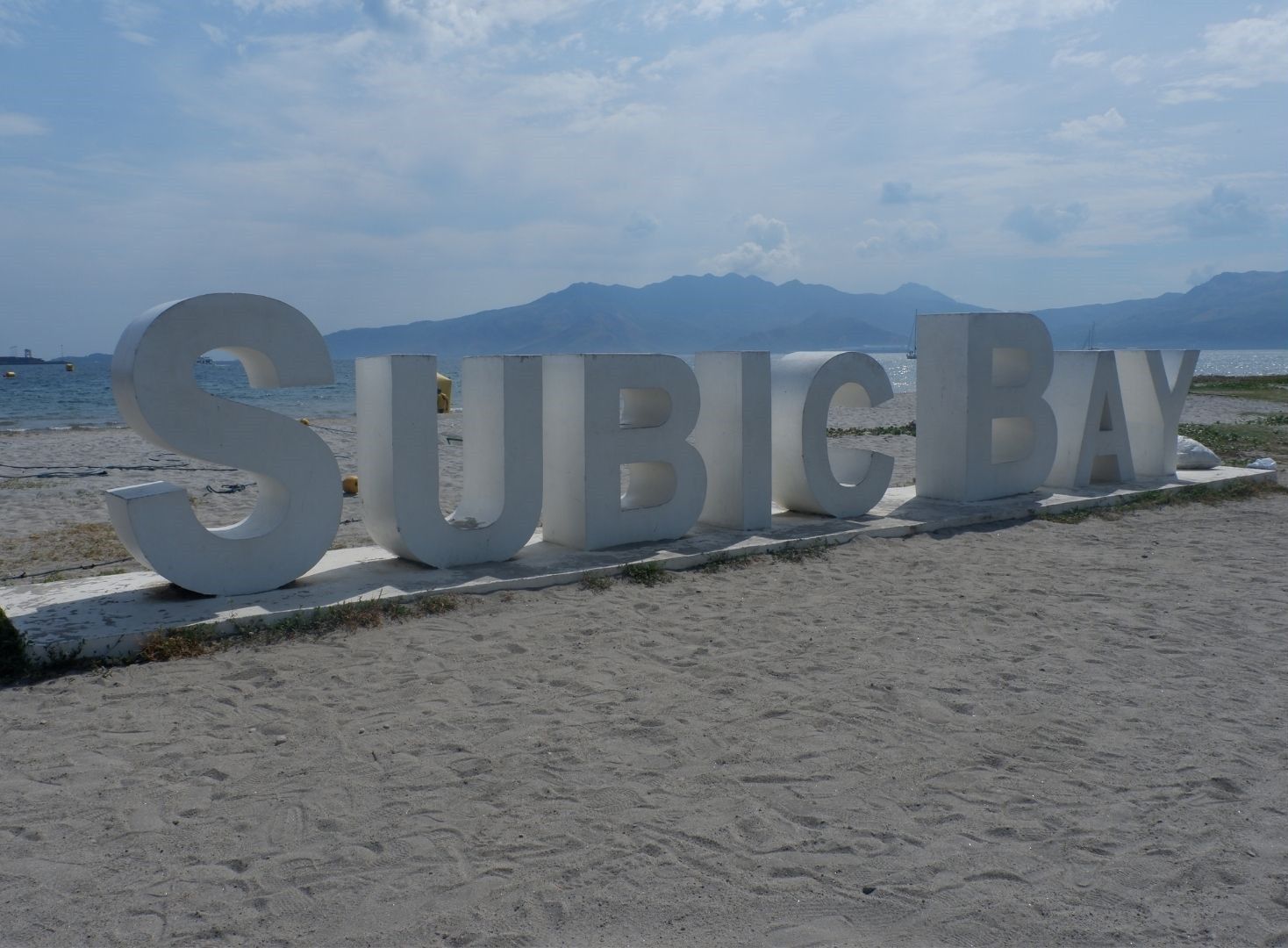A masterplan in peril: Ramming a questionable JVA down Subic's throat

The mention of “Subic” brings to mind a bustling port, an active community and catalyst of economic mobility and prosperity among its people.
Decades after a volcanic eruption and the exit of a US military base, the businesses that have set up shop in Subic have been able to provide jobs for its locals and contribute substantially to the local government’s revenues. These companies have also done much to facilitate the logistics of goods across Luzon, and even beyond.
The Subic Freeport Zone, managed by the Subic Bay Metropolitan Authority (SBMA), is a beacon of economic potential due to its strategic location, openness to international trade, and robust infrastructure.
Positioned in Southeast Asia, it has infrastructure for land, sea and air travel, including the Subic Bay International Airport and the Port of Subic. This makes it an ideal hub for businesses engaged in manufacturing, logistics and trade, providing access to global markets.
Subic offers a range of investment opportunities in sectors like port logistics, general aviation, maritime, information technology communication and more. All these businesses automatically generate employment that, according to an SBMA report, recorded over 145 thousand employees of which approximately 44% are from Olongapo city.
Over 27 thousand were employed from the province of Zambales, about 18,000 from Bataan, and thousands more from the nearby provinces of Pamapanga and Tarlac.
Most important to note is the existence of the Subic Regional Master Plan, a result of discussions between the Philippines and Japan in 2019, facilitated by the Japan International Cooperation Agency (JICA).
The master plan seeks to unlock the potential of the Subic Bay area as an economic driver of the Philippines. JICA’s technical support has been invaluable in envisioning potential projects: road networks for Olongapo’s central business district and Subic Bay West Coast, logistics terminals like Alava Wharf, and public utilities like new support facilities for the Philippine Coast Guard.
No less than our Department of Finance has enthusiastically endorsed this master plan.
“The Master Plan envisages Subic Bay region’s economic future and concrete development proposals in both public and private sectors, with which the Philippine Government unlocks the full potentials of Subic Bay, including the port capacity and the connectivity with its hinterlands, with a view to helping continued efforts to decongest Metro Manila,” the DoF said in a statement.
The implementation of the master plan is now in peril due to a 2021 Supreme Court decision.
The Third Division of the High Court compelled the Subic Bay Metropolitan Authority to honor and implement a 2010 joint venture agreement it had with the Harbour Centre Port Terminal Inc. where the latter would be exclusively in charge of development, management and operation of the Naval Supply Depot, Boton, Alava, Rivera, and Bravo Wharfs/Ports.
The ruling runs counter to that of the Court of Appeals, which decided that Harbour Centre had no vested right to the Notice of Award and Notice to Proceed that it demanded from SBMA, given that it lacked the necessary nods from the OGCC and NEDA. NEDA withdrew its endorsement of the deal for violations of its Joint Venture Agreement guidelines.
Some questions beg answers, and soon.
First, what message will this send to investors that have, over time, built up credibility and expertise, not to mention poured capital into and created jobs for the area?
At least 12 locators, some of which have been in Subic since 1996, stand to lose if the Harbour Centre agreement pushes through. Three of these 12 companies in fact wrote the SBMA in June and implored its administrator Jonathan Tan to announce what Subic’s plans are.
These companies said they have collectively invested P1 billion and have given jobs to more than 1,500 residents. They asked what would happen to their businesses and dependents should Harbour Centre take over.
And then, there are the people. Jobs will be lost. Their way of life will be disrupted. There will be uncertainty about the future, especially when a company that has no demonstrated financial or technical capability suddenly takes over numerous aspects of cargo handling. Imagine the logistical chaos, as well, when this happens.
The revenue share that has been remitted by existing Subic locators to the local government will also be affected. The quality of public services and infrastructure, funded by internal revenue, will then be compromised.
Tan, the current administrator of SBMA, has yet to speak decisively on the matter. The people are counting on him to do the right thing, given his extensive experience in running a local government unit. As a local executive, he must know that the needs of his constituents should come first, no matter what.
We have raised all the questions. The absence of answers, the silence, is getting more deafening by the day.
Chrisopher "Kit" Belmonte is a co-convenor of CitizenWatch Philippines.
- Latest

























